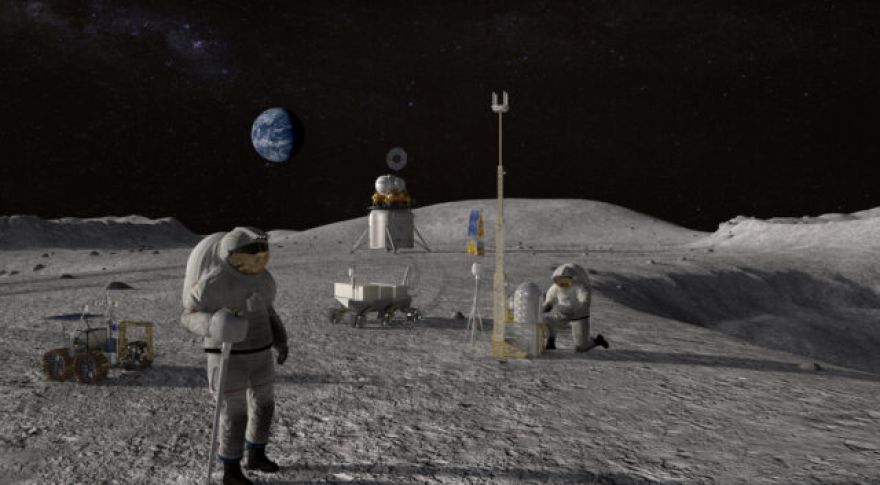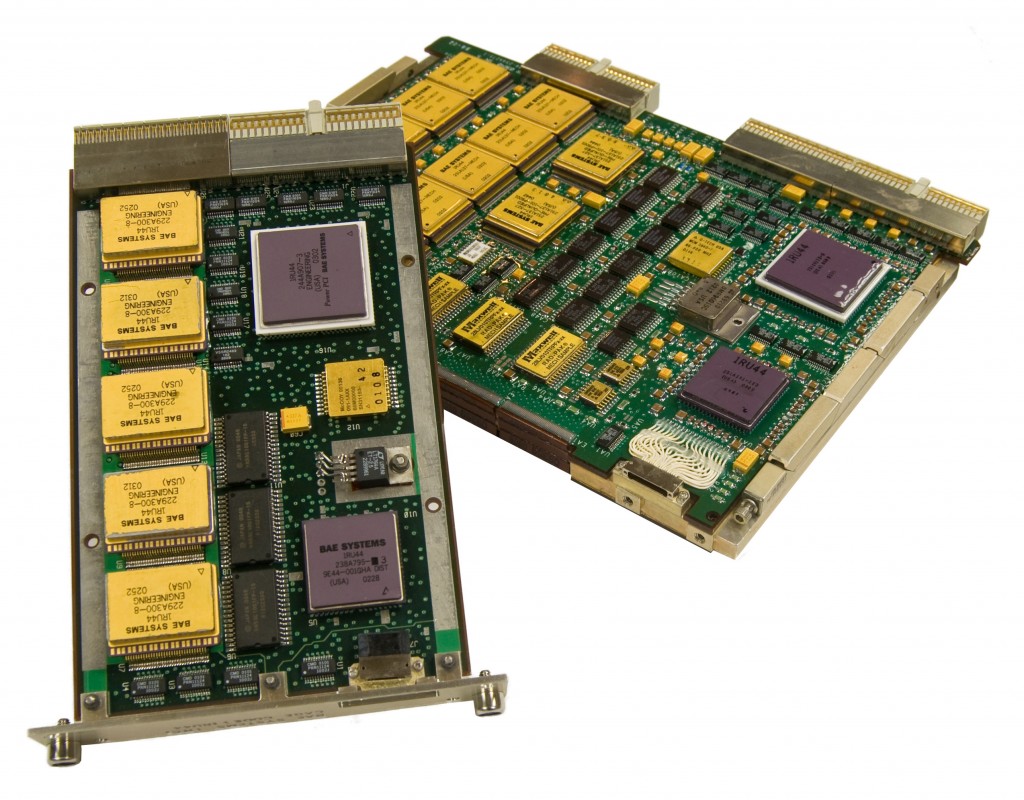
NASA Spends $50 Million to Develop Next-Gen Processor for Space Exploration
NASA has been using the same spaceflight computers for almost 30 years, but it won’t be much longer. The agency has awarded a $50 million contract to Arizona-based Microchip Technology Inc. to “architect, design, and deliver” a next-generation space-optimized processor. NASA expects the new chip, which will be used in future lunar and planetary missions, will be 100 times faster than the chips currently in use.
In , he told us the chip powering the robot was no faster than the CPU in a late 90s Mac computer — the phone in your pocket is an order of magnitude more powerful.
Still, for mission-critical hardware, NASA needs the most robust designs it can get. That’s why Microchip Technology is . This will mean a big improvement in the capabilities of future NASA missions, and not just in raw power. Microchip Technology promises “comprehensive Ethernet networking, advanced artificial intelligence/machine learning processing, and connectivity support.” At the same time, the processor will have the best fault tolerance, radiation hardening, and security architecture possible.

The RAD750 radiation-hardened computer, as found in Curiosity and other spacecraft
NASA began the bidding process for its new spaceflight processor last year. It specified that the new chip is capable of efficiently handling different workloads. Current spaceflight processors are designed to handle the most computationally intensive part of the mission; for example, the rocket sled landing sequence employed by Curiosity and Perseverance. However, this means the system has more power than it needs for day-to-day activities, and that loss of efficiency can be a big problem when power is in short supply. Microchip Technology says the HPSC processor will be able to scale performance up and down as needed and will even be able to completely shut off certain functionality to save power.
Microchip Technology has a goal of completing the HPSC processor within three years. The $50 million fixed-cost contract could end up being a steal, too. NASA used the last designs for decades, and this one could be similarly long-lived as the agency gears up for a new era of planetary exploration. Other government agencies could also find it useful in applications with similarly stringent requirements.
Now read: